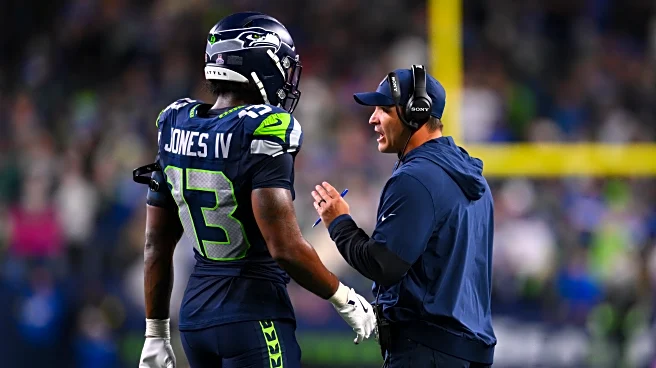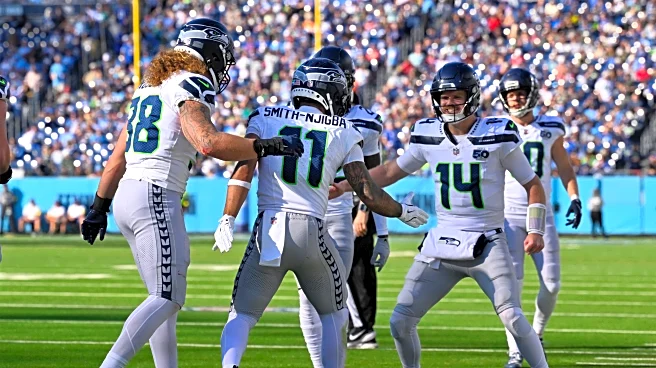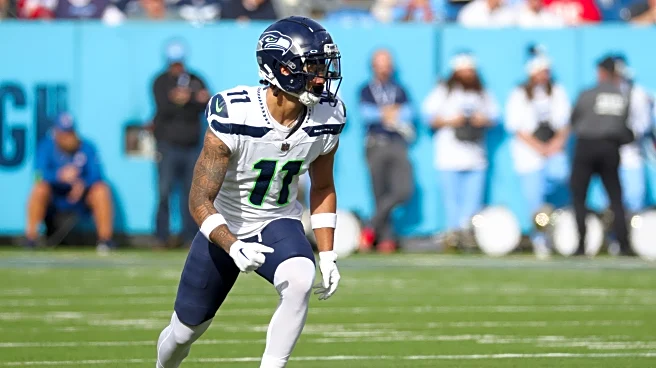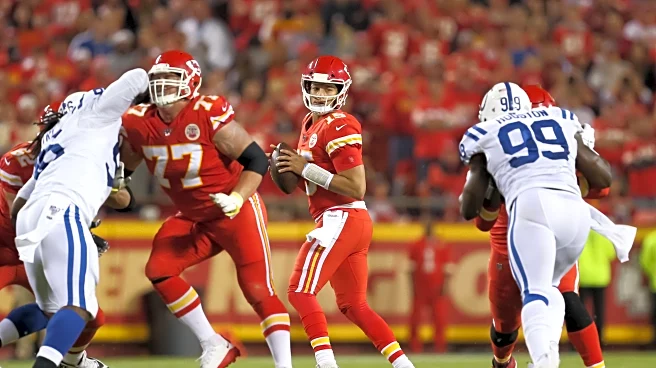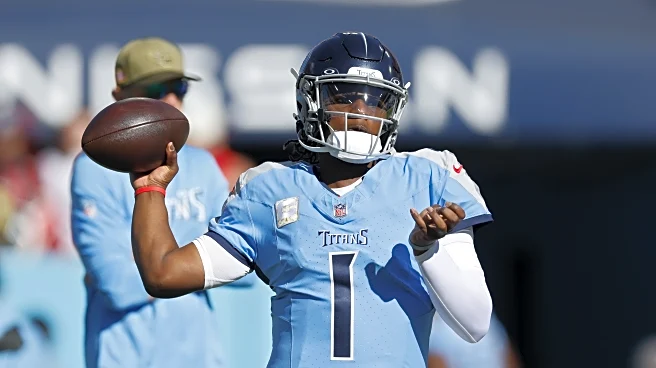The Seattle Seahawks remain squarely in the mix for the No. 1 seed in the NFC, on the strength of top-5 units across the board; offense, defense, and special teams.
There’s a fourth category that often
gets overlooked, but has equally contributed to Seattle’s success in a unique way.
That would be roster members number 40-70, also known as the bench, the practice squad, the “ready squad” as coach calls it – or in a word: depth. Besides being incredibly talented up top and at key positions, it’s not a stretch at all to say the Seahawks might be the deepest team in the NFL.
John Schneider and Mike Macdonald have jointly contributed to a roster and a culture that is better equipped to withstand injury and regression than any other team in the league.
When depth means something
Roster depth is a very curious thing in the NFL. It doesn’t win you any games – until it does. Every team gets injuries before and throughout the season. How a team is able to navigate those stretches and losses are often what makes playoff hopes live 0r die.
What are those replacements like? What types of competitions have really determined who the starter is?
It was on full display on Sunday. With linebacker injuries galore, it was Thomas and Patrick O’Connell who led the team in tackles. Brandon Pili had a a 4th down stop, and D’Anthony Bell kept contributing at safety. None of those players was a Day 1 starter. Thomas had already worked his way back into significant playing time over the past three weeks. Pili forced a fumble on special teams and has seen more time. How does Seattle keep turning these guys out, and how do they stay so motivated?
This thing started getting built three years ago, with a wildly successful 2022 draft by John Schneider. By the end of last season, folks started to take special note of Seattle’s defensive line.
That was a year ago. Out with Dre’Mont Jones, in with DeMarcus Lawrence, and yet another step forward for a ferocious defensive front that ruins quarterbacks.
Schneider has expertly maneuvered more than a few position groups to boast more starters than they deserve. Beyond the D-line, Seattle has survived blows to linebacker and secondary as well. Now the Seahawks have three starters at two linebacker positions, four starting cornerbacks for three cornerback roles, and three starting-caliber safeties for two safety spots. Ty Okada, Drake Thomas, Josh Jobe, and Tyrice Knight have made massive contributions this season while filling in or earning their job.
Schneider most recently did a similar thing at wide receiver, acquiring Rashid Shaheed for a room that already had breakout rookie Tory Horton as third on the depth chart. A room that was considered paper-thin in the summer suddenly became a great strength of the team (mostly JSN), then just as quickly became a liability when Cooper Kupp, Jake Bobo, Dareke Young and Horton went down between Weeks 9 and 10. But it was practice squad elevation Cody White who scored the longest, 60-yard touchdown of against the Washington Commanders.
It’s not just about roster, it’s about culture. John Schneider has assembled the first half, but it’s Mike Macdonald who keeps guys ready and bought in.
The straw that stirs the drink
Mike Macdonald’s postgame press conference in Week 10 was a revelation of the mindset that has brought the team to the place it stands today. An innocuous question about George Holani opened a window beyond the how of the depth’s success (Schneider’s role) and into the why (Macdonald’s role).
The coach’s response: “We’ve been looking for opportunities to get him the ball. It just goes to show if you keep knocking on the door, and keep kicking butt, and keep being productive, we’re gonna figure out a way to let you do your thing in the game.”
After a few different topics, Macdonald came back around to the concept of non-starters, rotational pieces, and the like. This time, coach offered a more personal touch than is typical of a Mike Macdonald answer.
“It’s not like we’re trying to reward guys, we’re trying to win. And guys that show they can go play great football we’re going to give them opportunities to go do that. I think our actions back that up. I don’t know I’d like to play on a team like that. If I was a player and i felt like ya know, why do you want me to come out and work so hard every day…why do you want me to do all the things you’re asking me to do. Well, We want to develop you as a player, and we’re gonna need you at some point. So, why would you not operate like that? Some people don’t do that, and I don’t get it.”
If I may: Macdonald was a bit of a robot last year. New Mike is not as much a robot. I like new Mike.
He and Pete Carroll will never be accused of having similar “style,” but this approach is something on which I bet they’d find a lot of common ground. Pete’s now-famous mantra was “always compete.” In 2025 it’s Macdonald who’s putting real money where his mouth is about players being given opportunities. Not pity opportunities – Macdonald would detest the idea – but through proven demonstration that he’s objective enough to make decisions based on what’s best for the team.
It’s fun. We’re having fun.
It seems like the players are, too.
Come December and January, that will probably mean even more than it does today.
